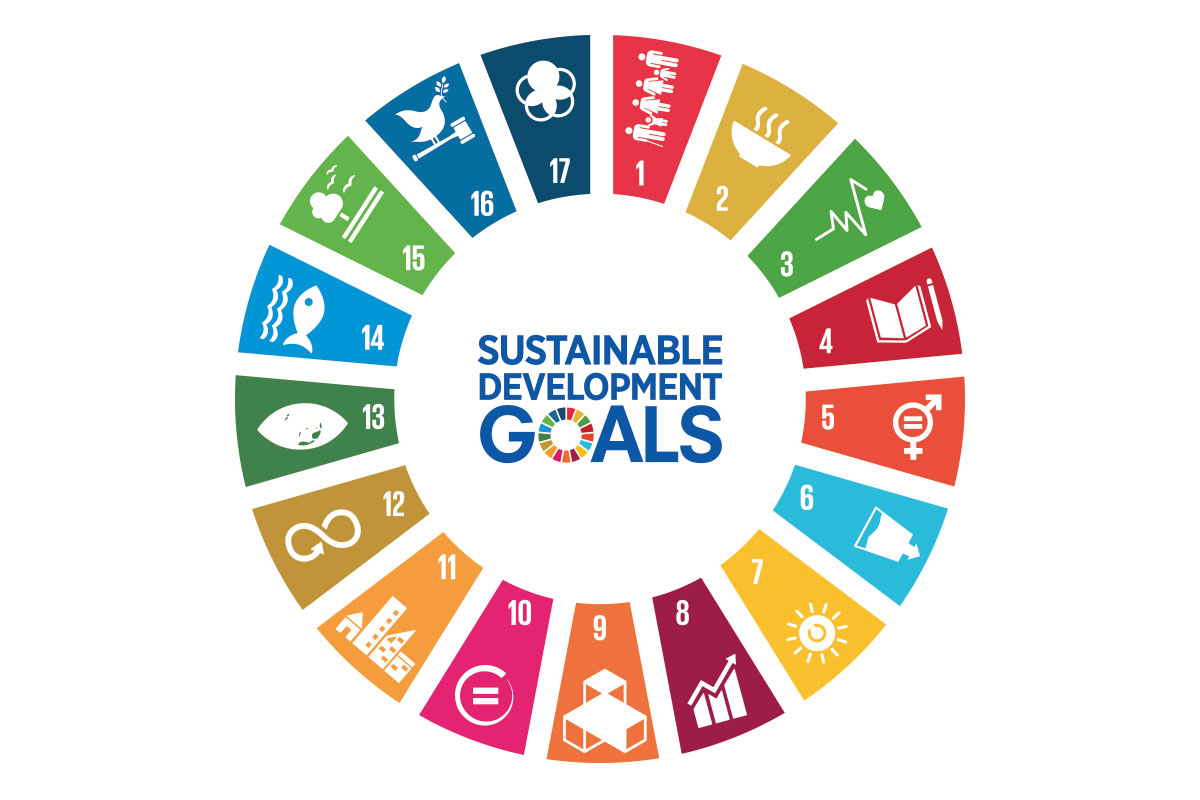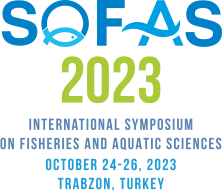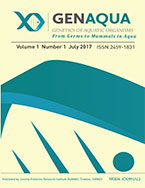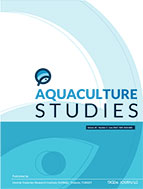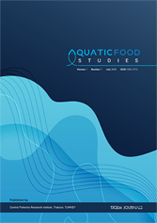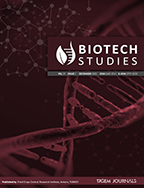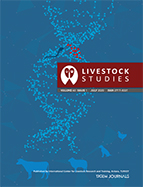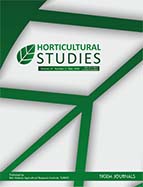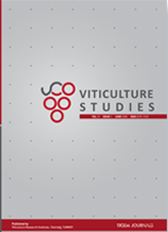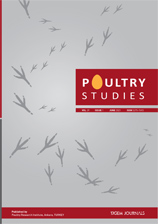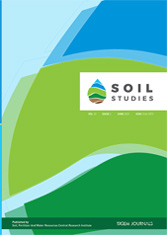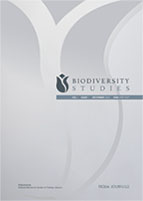Turkish Journal of Fisheries and Aquatic Sciences
2024, Vol 24, Num, 12 (Pages: TRJFAS27181)
Metabarcoding the Arctic Ocean Helps Reveal Its Hidden Microbial Community Composition
2 Museum of Natural Science, Department of Biological Sciences, Louisiana State University, Baton Rouge, LA 70803, USA
3 Aquatic Animal Health and Molecular Genetic Lab, Karadeniz Technical University, 61080 Trabzon, Türkiye
4 Institute of Marine Sciences and Technology, Karadeniz Technical University, Trabzon, Türkiye
5 Department of Maritime Transportation and Management Engineering, Karadeniz Technical University, Trabzon, Türkiye
6 Department of Marine Science and Technology Engineering, Faculty of Marine Sciences, Karadeniz Technical University, Trabzon, Türkiye
7 Department of Marine Biology, Faculty of Fisheries, Recep Tayyip Erdoğan University, Rize, Türkiye
8 Department of Biological Sciences, Louisiana State University, Baton Rouge, LA 70803, USA DOI : 10.4194/TRJFAS27181 Viewed : 778 - Downloaded : 764 The Arctic Ocean supports a unique and dynamic microbial community, yet its composition, structure, and response to environmental shifts remain incompletely understood. In this study, 16S rRNA gene metabarcoding (targeting the V3-V4 and V4-V5 hypervariable regions) was used to assess surface water microbial diversity across 20 stations in the Barents Sea, focusing on latitudinal variations within two contrasting current systems: the West Spitsbergen Current (WSC) and the East Spitsbergen Current (ESC). Our results showed that the microbial community is dominated by three primary families—Pseudoalteromonadaceae, Moraxellaceae, and Flavobacteriaceae (14.20%). Comparative analysis of the V3-V4 and V4-V5 regions reveals that each region captures different aspects of microbial diversity, with V4-V5 detecting a higher number of unique families. Analysis through Nonmetric Multidimensional Scaling (NMDS) reveals distinct community separations between the WSC and ESC, though ANOSIM results indicate no significant within-system differences. Environmental parameters, including pH and temperature, appear closely linked with community composition, reflecting the influence of climatic and oceanographic processes on microbial structure. As global climate change continues to reshape Arctic environments, monitoring microbial diversity is essential to understand and predict shifts in the Arctic Ocean`s ecosystem functions. Keywords : 16S rRNA Metabarcoding V3-V4 V4-V5 Arctic Ocean Arctic


